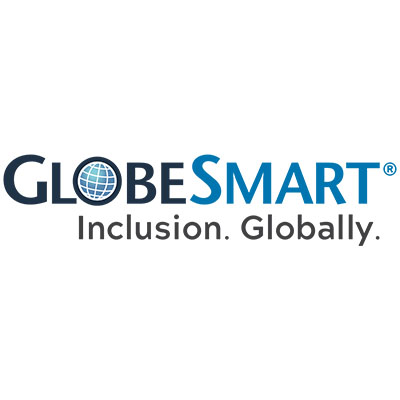ATD Blog
Leveraging Technology to Create an Inclusive and Equitable Workplace
Fri Jan 31 2020

“To err is human.” But fortunately there is technology to help keep our biases in check and help us leverage diversity and drive inclusion.
Due to cognitive neuroscience, we are aware that there are more than 150 types of bias that we are susceptible to applying unconsciously. We cannot prevent bias, but we can learn to address it and use the resources at our disposal to mitigate it whenever possible. Through new and innovative technologies, we can help to remove the “human element” of bias and make better decisions. While addressing bias at all stages of the employment life cycle is important, this article will discuss the crucial first stage: recruitment.
Creating Inclusive Job Descriptions
Before we even begin interviewing for open positions, we can start our recruitment efforts off on the wrong foot by using biased language. A research study published by the Journal of Personality and Social Psychology titled “Evidence That Gendered Wording in Job Advertisements Exists and Sustains Gender Inequality” showed that what you write and how you portray a job opening have an effect on who applies. Often the language we use in job postings speaks to a dominant group and relies on status quo norms instead of attracts the most qualified candidate(s). For example, culturally in the United States, we tend to see importance of using action-oriented words that describe hard skills. However, this can fail to address the people-oriented skills that may attract a more diverse audience.
If we look at sample qualifications for an engineer, we may see a description like this one:
"Self-sufficient, independent worker with the ability to perform in a competitive environment. Confident in ability to manage customer expectations and meet company goals.”
However, a more gender-neutral description that would attract male and female employees may read: “Understands team dynamics. Proficient in managing expectations and collaborating to ensure team success. Maintains great client relations.”
Much like our unconscious biases, however, we often cannot see that we are using gendered language in the moment. So, what can we do to address this? Luckily there are numerous gender decoder software options available in the marketplace that can help create more inclusive job descriptions.
Assessing Resumes From Diverse Candidates
Once we start receiving applications for a posting, there can be a temptation to “screen out” employees who do not fit our mental image of a role. Instead, we should be trying to “screen in” employees who are the best fit. Sometimes our unconscious biases can prevent us from making the best decisions. These biases can occur from numerous factors including name, age, physical characteristics (if a photo is included on a resume), and more. Software is available that will anonymize resumes by removing all information that may help to identify an individual.
Interviewing and Choosing Candidates
Often there are numerous individuals who take part in the interview process, creating even more opportunities for bias to influence our decision making. One proven way to help reduce bias in interviewing is to have a standardized process that is applicable to all applicants. We can use software that helps us build a structured interview process where all applicants have an opportunity to shine and all applicants experience the same thing during interviews. From here, when necessary, we can also assess capability (if necessary) by using blind assessments to help judge specific skills.
New and innovative technology continues to help us address our unconscious biases so we can create more diverse and inclusive workplaces. As important as technology is, however, it is also important to educate HR professionals, recruiters, and hiring managers so they can go into recruitment with open minds and fully aware of the effect of biases on decision making.
You've Reached ATD Member-only Content
Become an ATD member to continue
Already a member?Sign In

